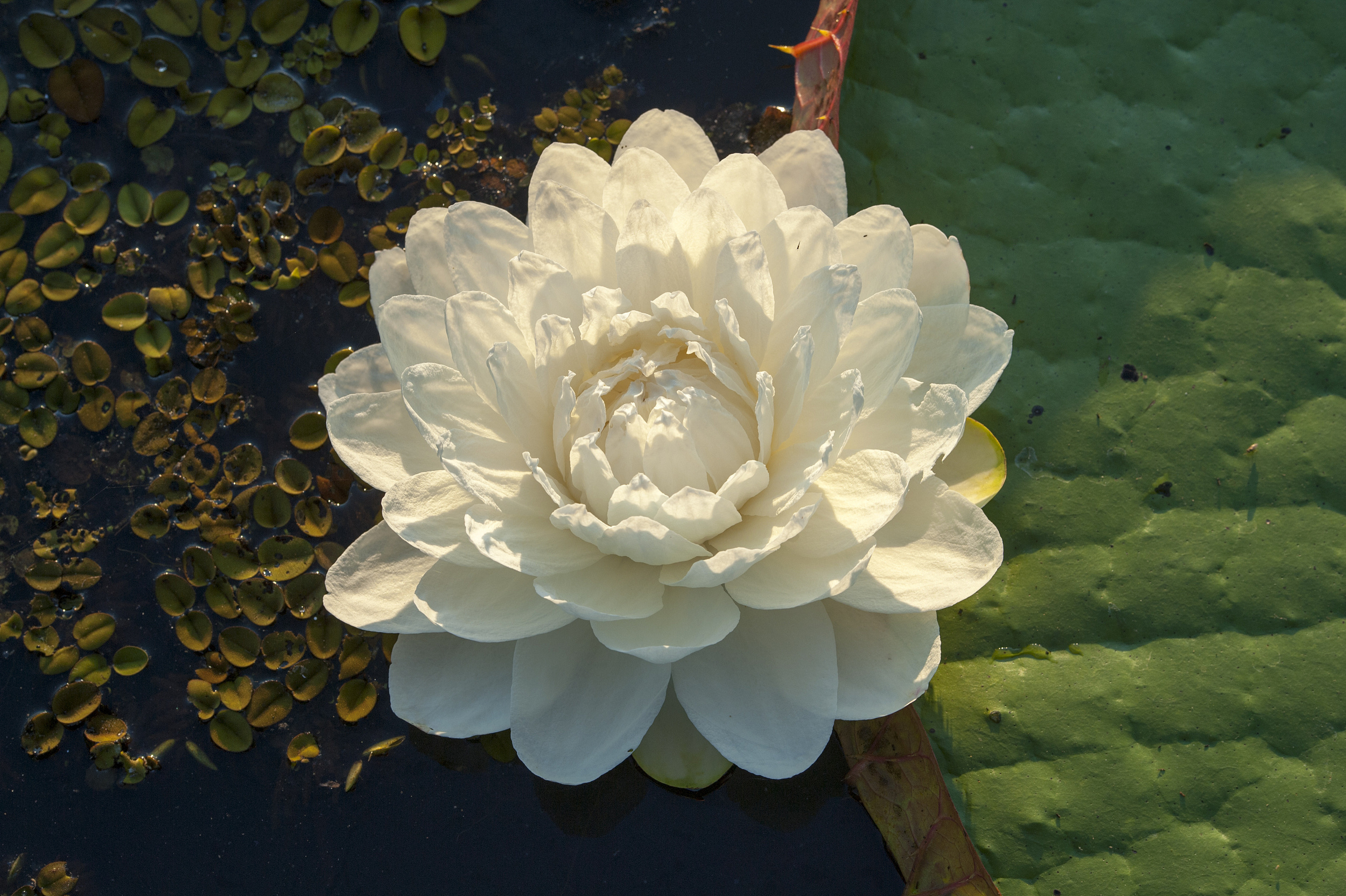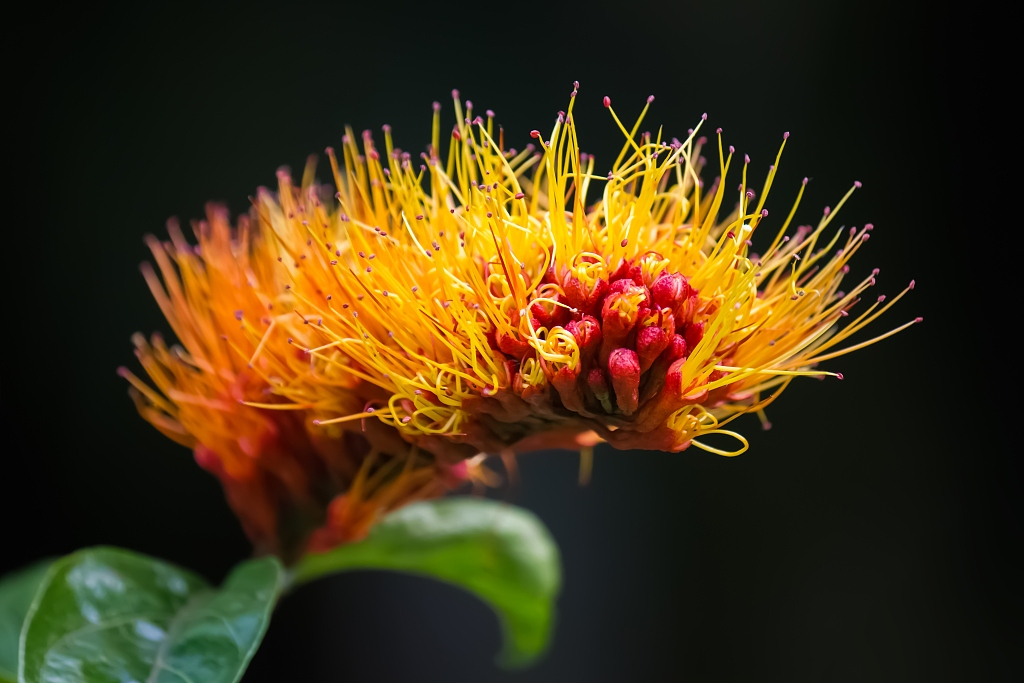
Fires are burning in the Amazon rainforest in Brazil where 60 percent of this treasured tropical region of rich biodiversity is located. Amid an international outcry and criticism, the Brazilian government has sent 44,000 troops to combat the fires that have destroyed large areas of pristine forest and emitted dangerous levels of carbon monoxide.
How important is the Amazon to us? As home to at least 40,000 plant species as well as thousands of animals including 427 mammals and around 3,000 freshwater fish, the Amazon is not just the "lungs of the Earth," but a beautiful and diverse area that many call home.

Amazon rainforest is home to many animals and plants. /VCG Photo
In this article, we look at some of the Amazon's endemic plants which hopefully won't disappear with the burning blades.
Heliconia Flower

Heliconia flower. /VCG Photo
Native to the tropical Americas, the Amazonian plant is also known as false bird-of-paradise and lobster-claws. There are about 40 different species of heliconia. The plant has characteristic beak-like "bracts" which can be red, yellow and other colors.

The heliconia is also called lobster-claws. /VCG Photo
Many people confuse its large and colorful bracts with its tiny flowers which actually hide inside the bracts. Because of this special structure, only specialized birds can find their way to its sweet and ample nectar, such as hummingbirds, the main pollinators of the plant.
Victoria amazonica

The flower of Victoria amazonica. /VCG Photo
Victoria amazonica, the largest waterlily in the world, is native to the shallow waters of the Amazon River basin. The impressive plant, which was named after Queen Victoria of the United Kingdom, can grow up to three meters in diameter. So large that you can even sit or lay down on one.
The Victoria amazonica's flower is white on the first night when it's open, then turns to pink on the second night. The flower is quite short-lived as it lasts only 48 hours.
Monkey brush vine

Monkey brush vine. /VCG Photo
Monkey brush vine is a plant that is found in South America with red or yellow flowers. The flowers have long and beautiful stamens, where the plant earns its name. In the Amazon rainforest, the plant can be easily spotted due to its lovely bright colors. The plant can grow independently or as a parasite on other plants.
Orchids

Amazon River area is home to countless orchid species. /VCG Photo
South America, especially the Amazon River area, is home to countless orchid species including corsage orchid, the national flower of Brazil.
The orchids in the Amazon come in different shapes and colors. They are among the most amazing plants in the jungle with the largest family of flowers on Earth. There are about 25,000 to 30,000 species of orchids in the world. In the Amazon rainforest, the orchids usually have long and thin leaves so they can get all the moisture they require.
About 'Plants & Nations'
"Plants & Nations" is a series of articles and pictures about common plants in the world. It serves as a guide to beautiful plants from different countries.
For more articles and pictures, please click here:
The double coconut: The rare-shaped plant from Seychelles
The pomegranate: Symbol of Granada, Spain
Blue water lily: The sacred flower of ancient Egypt
The ebullient 'Red Lady' in Malaysia
Dahlia: Mexico's national flower
(Cover image via VCG)
(If you want to contribute and have specific expertise, please contact us at nature@cgtn.com)

Copyright © 2018 CGTN. Beijing ICP prepared NO.16065310-3
Copyright © 2018 CGTN. Beijing ICP prepared NO.16065310-3